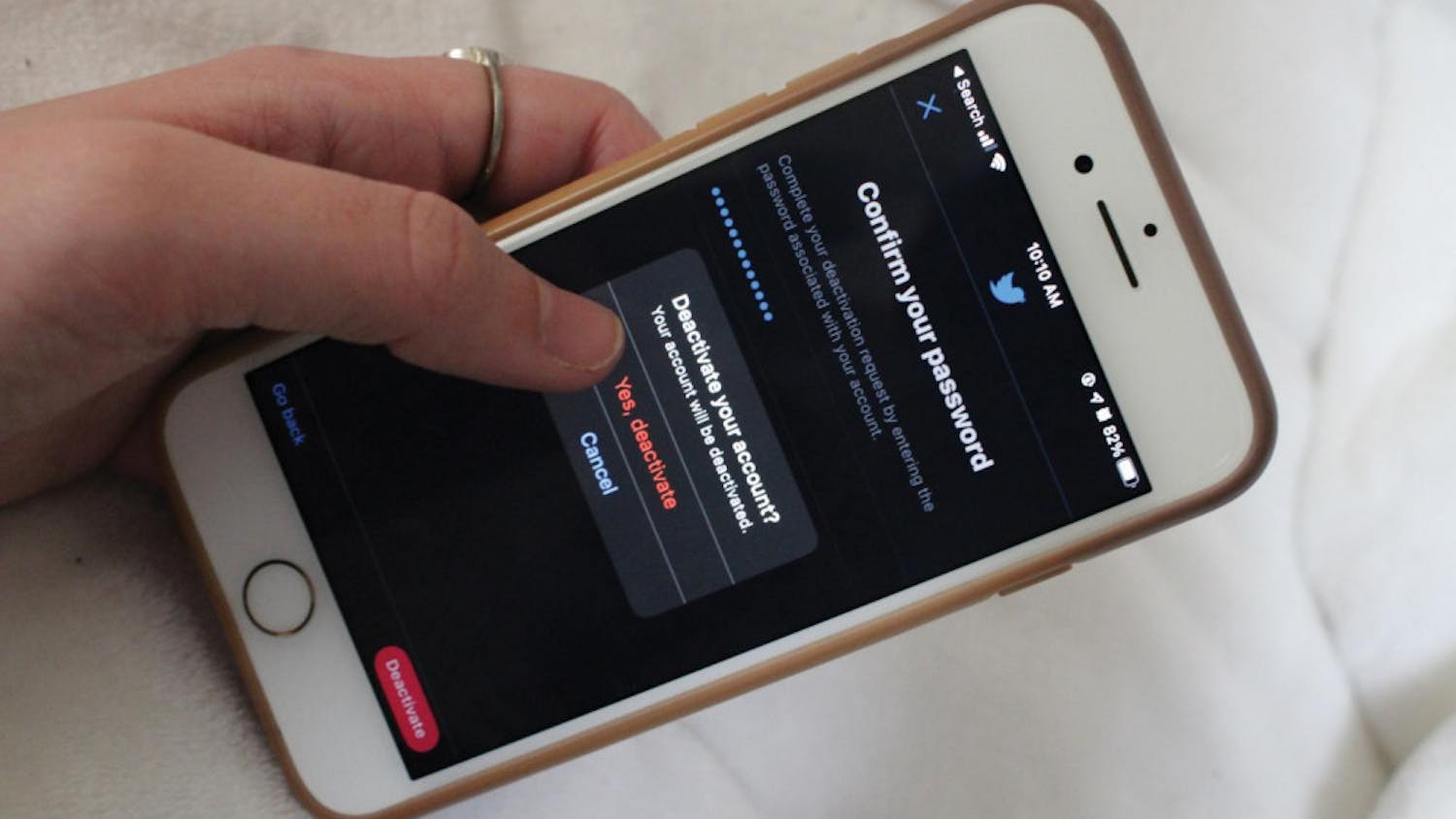In 2018, just 35 percent of Democrats and 12 percent of Republicans surveyed by the Pew Research Center agreed with the statement, “information from national news organizations is very trustworthy.” Similarly, only 27 percent of Democrats and 11 percent of Republicans said that, “national news media do very well at keeping them informed.”
Many journalists assign the blame to the consumers and believe that learning “news literacy” -- a critical review of news that involves analyzing different aspects for credibility and potential bias -- is up to readers, according to the American Press Institute.
The Institute argues that rather, it is up to journalists themselves to first recognize their own failures in presenting news and then to help consumers understand the process.
Breaking Barriers is a series that will attempt to shed light on the process, ethics and intentions of the journalism industry with special attention to the issues that exist within the field today as a way to engage these efforts.
How do journalists decide what is news?
While story ideas can come from anywhere -- questions about the community, press releases, direct requests for coverage from people or organizations, political topics and more -- every idea a journalist pursues will reflect one or more news values, qualities that make an event or issue worthy of being shared with the intended audience.
A 2016 report by media researchers Tony Harcup and Deirdre O’Neill found that most journalists considered the same 15 news values across platforms and around the world.
Some are fairly intuitive: most consumers will continue reading a story about something that could have a potential impact on them or their community, whether the article is about local crime, a tax raise or a bill on the governor’s desk. Conflict, drama and entertainment also appear frequently in media and are pretty easy to identify.
Harder-hitting stories contain news values such as the power elite, meaning they “concern powerful individuals, organizations, institutions or corporations,” or what Harcup and O’Neill simply call bad news, defined as “stories with particularly negative overtones such as death, injury, defeat and loss.”
Other common news values in today’s media may reflect negative intentions. However, Harcup and O’Neill reported that the final news value is an organization’s own agenda, “whether ideological, commercial or as part of a specific campaign.”
This news value is one of several that may contribute to public distrust in media. In a 2015 study, the Pew Research Center found that 75 percent of survey respondents internationally said it was “never acceptable” for the news media to favor one political position over another, compared to 25 percent who said it was “sometimes acceptable.”
Perceived agenda-setting may be one reason why some in the media industry feel that traditional news values are no longer the best way to decide what constitutes news. Critics argue that news values often reflect more of an organization’s own interests than those of the community.
For example, Harcup and O’Neill found that the rise in social media has made shareability its own news value. Journalists increasingly consider how likely a story is to go viral online or on social media when deciding whether to cover it, according to the study. The emphasis on shareability in the media world can lead to sensationalism and clickbait, alluring and dramatic headlines that link to mundane or incomplete stories.
Since the late 1990s, but more intensely in recent years, journalists have experimented with civic or public journalism to engage with audiences, serve the community and help restore public trust in media. Also called community journalism, it involves working directly with communities to produce content tailored to their experiences, questions and needs.
Former broadcast networks news executive Ed Fouhy told Poynter, an international leader in journalism education, that community journalism is “a fundamental change in the way we do our business” and in “how we define what news is and how we serve our viewers.”
At its core, it is “reporting the issues on the people’s agenda, even though they may not necessarily be on the journalist’s agenda,” Fouhy said.
So how does community journalism work in practice? This year here in Macon, The Center for Collaborative Journalism (CCJ) partnered with The Telegraph, Georgia Public Broadcasting and 13WMAZ to launch an engagement project called the Macon Food Story.
The Macon Food Story documents life in Macon by asking participants, “If you had to describe your family traditions through a recipe, what would it be and why?” while highlighting important issues such as poverty, food insecurity, health, the plight of migrant workers, meat processing and more.
Reporters get information by personally engaging with participants and the audience.
“Community members are invited to join our Facebook group, Macon Food Story, where we keep the conversation going about many of the topics you’ll read, hear and see. You can also start new topics and share recipes and ideas,” said CCJ Engagement Reporter Sonya Green, who is helping lead the project.
Other methods of civic journalism allow the audience even more influence over the content. For example, Engage CCJ invites the community to submit their questions about Macon directly to reporters working on their project, Macon Me Curious. Contributors tasked with answering these questions have found out how much the mayor pays for his loft, where funding for Macon-Bibb employees comes from, the history of the Underground Railroad in Macon and more.
“We want to know your serious questions as well as the bizarre ones,” Green wrote in an article introducing the project. “We’ll attempt to find you an answer and maybe invite you along to help solve the mystery.”
The next Breaking Barriers article will address the question, “How do journalists gather information?”
Breaking Barriers: How do journalists decide what is news?





